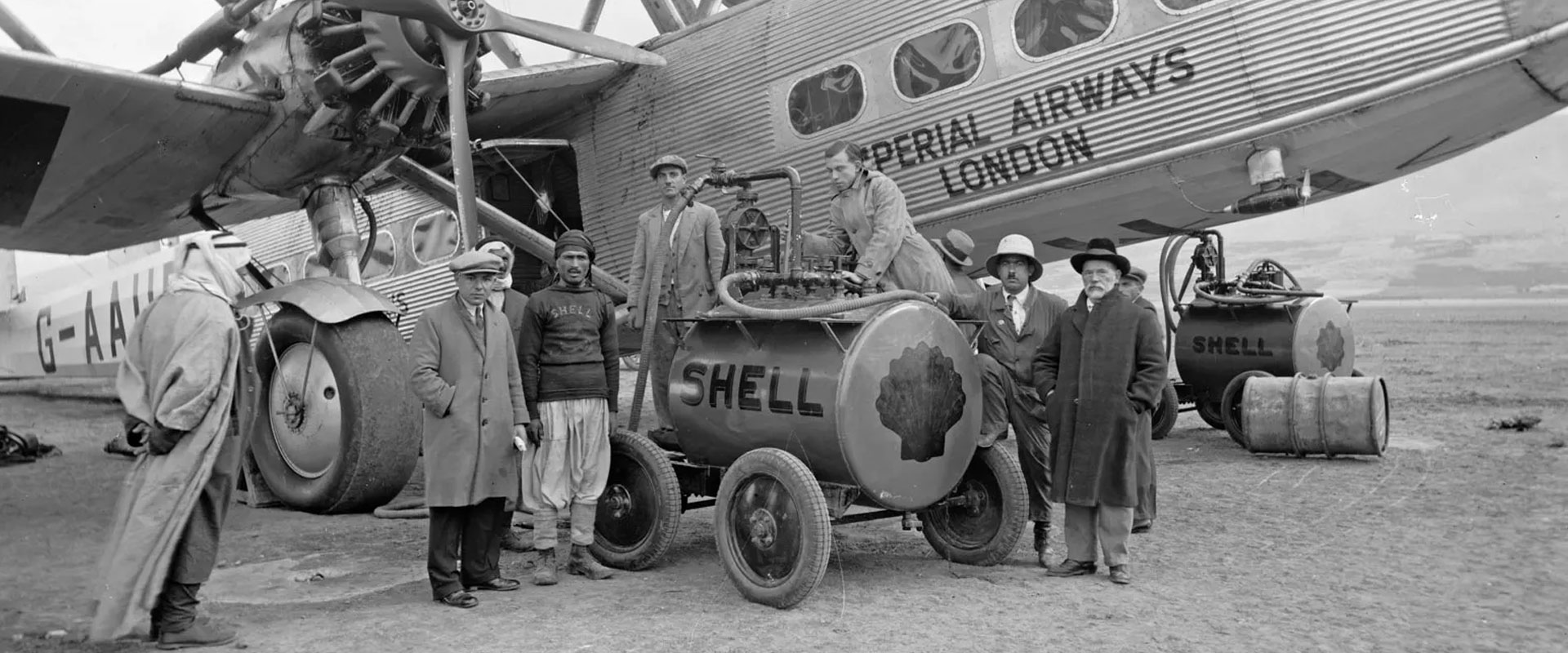Soaring Through Time: A Journey into the History of Aviation
The history of aviation is a captivating narrative of human innovation, bravery, and an unwavering determination to conquer the skies. From the earliest dreams of flight to the cutting-edge technology of the present day, the evolution of aviation is a testament to human ingenuity and the relentless pursuit of progress.
Early Visions and Concepts:
The desire to fly has been ingrained in the human psyche for centuries. Ancient myths and legends often featured gods and creatures with the ability to soar through the air. However, it was not until the Renaissance that serious contemplation about human flight began.
Leonardo da Vinci, the quintessential Renaissance polymath, sketched numerous designs for flying machines in the 15th century. His ornithopter, a device mimicking the movement of bird wings, and his helicopter-like aerial screw were groundbreaking concepts that laid the foundation for future aviation pioneers.
Montgolfier’s Balloon and the Dawn of Manned Flight:
The late 18th century witnessed the first tangible breakthrough in aviation with the invention of the hot air balloon. The Montgolfier brothers, Joseph and Étienne, successfully launched the first manned balloon flight in 1783. Piloted by Jean-François Pilâtre de Rozier and François Laurent, the balloon ascended into the skies above Paris, marking the birth of human flight.
Wright Brothers and the First Powered Flight:
The pivotal moment in the history of aviation occurred on December 17, 1903, at Kitty Hawk, North Carolina, USA. Wilbur and Orville Wright, two bicycle mechanics from Ohio, achieved the first powered, controlled, and sustained flight in a heavier-than-air machine. The Wright Flyer, their biplane, covered a distance of 120 feet in 12 seconds, forever changing the course of human history.
The Wright brothers’ innovative approach to controlling an aircraft, using a three-axis control system, became fundamental to subsequent aviation design. Their achievements ignited the spark for rapid advancements in aviation technology and inspired a new era of exploration and transportation.
World War I: Military Aviation Takes Flight:
The outbreak of World War I in 1914 accelerated the development of aviation technology. Initially used for reconnaissance, aircraft soon became integral to military operations. Pilots engaged in dogfights, and strategic bombing raids marked the wartime skies. The rapid progression in aviation during this period laid the groundwork for commercial aviation in the post-war years.
Golden Age of Aviation:
The period between the World Wars is often referred to as the Golden Age of Aviation. Aviation pioneers like Charles Lindbergh captured the world’s imagination with his solo nonstop flight across the Atlantic Ocean in 1927. Amelia Earhart, the first woman to fly solo across the Atlantic, further contributed to the era’s allure.
Commercial aviation began to take shape, with companies like Boeing and Douglas establishing themselves as key players. The introduction of the DC-3, a reliable and efficient airliner, marked a significant milestone in the industry, making air travel more accessible and comfortable for passengers.
World War II: Technological Advancements and Jet Propulsion:
World War II propelled aviation technology to new heights. Jet propulsion, initially developed by the Germans, became a game-changer. The Messerschmitt Me 262, the world’s first operational jet-powered fighter aircraft, demonstrated the potential of this revolutionary technology.
After the war, jet engines found their way into commercial aviation. The de Havilland Comet, introduced in 1952, became the world’s first jet airliner, ushering in the era of faster and more efficient air travel.
Space Age and Supersonic Flight:
The mid-20th century saw the dawn of the space age with Yuri Gagarin becoming the first human in space in 1961. Concurrently, advancements in aviation led to the development of supersonic flight. The iconic Concorde, a joint venture between British and French aerospace companies, commenced commercial service in 1976, offering supersonic travel at twice the speed of sound.
Modern Aviation: Technological Marvels and Global Connectivity:
The latter half of the 20th century and the beginning of the 21st century witnessed unprecedented advancements in aviation technology. The introduction of wide-body aircraft like the Boeing 747 and the Airbus A380 revolutionized long-haul travel, making it more efficient and accessible to a global audience.
Automation, digital navigation systems, and cutting-edge materials have further enhanced the safety and efficiency of air travel. The rise of low-cost carriers has democratized air travel, leading to an exponential increase in passenger numbers.
Conclusion:
The history of aviation is a tapestry woven with the threads of human innovation, courage, and a relentless pursuit of the skies. From the early dreams of flight to the supersonic and space-age marvels of today, each chapter in aviation history represents a testament to human curiosity and ingenuity. As we continue to push the boundaries of technology and exploration, the legacy of aviation pioneers lives on in the contrails that crisscross the sky, connecting people and cultures across the globe.


